Estimated reading time: 10 minutes
If you’ve ever watched your furry friend pace or whine as you prepare to leave the house, you know the heartache of dog separation anxiety. This distressing behavior can lead to chewed furniture, incessant barking, and an unhappy pup.
You’re not alone in this struggle; many pet owners face the challenge of helping their dogs feel secure when left alone.
Did you know that with the right approach, a crate can become a haven for your anxious dog? That’s right—a structured retreat they actually look forward to! In this article, we’ll guide you through thoughtful steps on how to peacefully crate train your canine companion who suffers from separation anxiety.
We’ll provide useful strategies that aim not just at containment but at comfort and reassurance for your beloved pet. Ready for tail wags instead of tears? Let’s dive in!
Key Takeaways
- Start crate training by making the crate a happy and safe space with comfy blankets and treats.
- Use short, positive experiences to slowly get your dog used to being in the crate alone.
- Change up the times you leave so your dog doesn’t get worried every time you grab your keys or put on a coat.
Understanding Dog Separation Anxiety
Now, let’s dive into what dog separation anxiety really means. Imagine how you feel when someone you love goes away – your stomach knots and you might get sad or scared. Dogs feel this way too, only for them it can be much worse because they rely on us for food and safety.
A dog with separation anxiety gets very nervous when their person leaves. They may bark a lot, chew things up, or even try to escape.
Separation anxiety in dogs is not just about being alone; it’s the fear of being apart from their family member. Some pups whine while others become still and silent. Each dog shows stress differently but all need help to feel better.
Remembering that crate time should stay short is key: no more than 4 hours at once for a worried pooch!
It’s also wise to know that some dogs with severe fears might hurt themselves if crated during panic attacks, so crate training isn’t always the answer for every furry friend feeling anxious.
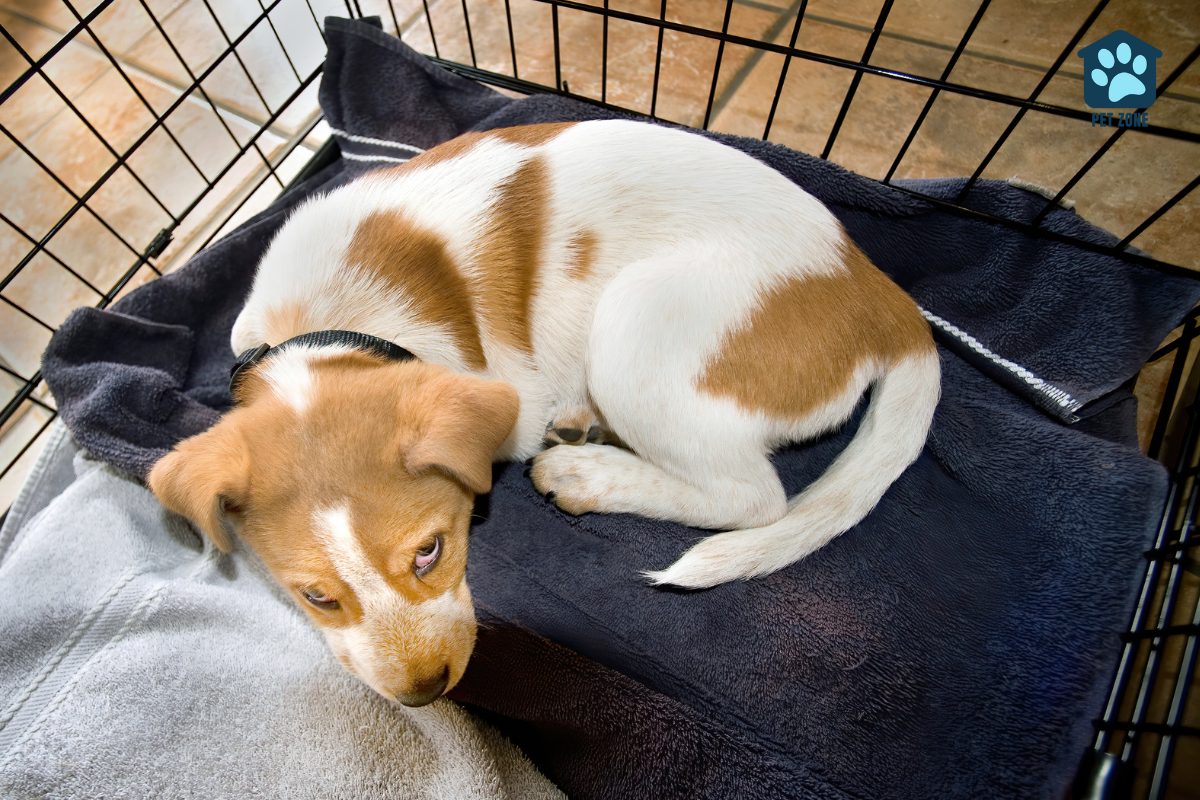
The Role of Crate Training in Managing Separation Anxiety
Crate training can be a helpful tool for dogs who suffer from separation anxiety. It gives them a safe space to relax while you’re not home.
Imagine the crate as a cozy little room where your dog can feel secure and calm. This space is just for them, like their own den. When used right, the crate becomes a place they love instead of fear.
Dogs need to learn that the crate is their friend, not a trap. With gentle steps and lots of praise, you train your dog how to enjoy being in the crate. You might start by feeding them inside or leaving treats near the crate door so they link it with good things.
Slowly increase the time your dog spends in there until they are able to stay calmly while you leave the room for longer periods. Remember that each dog is different—some may need extra care if they show signs of getting upset or scared when crated alone.
Steps to Crate Train a Dog with Separation Anxiety
Choosing the Right Crate
Getting the right crate is key to help your dog with separation anxiety. Look for one that’s big enough for your dog to stand up, turn around, and lie down in comfortably. It should be a safe space, not too big or too small.
A cozy crate makes your dog feel secure without having much extra room that might make them anxious.
Make sure the crate feels like a happy place. Put soft blankets or even an item with your scent inside so it smells familiar. This will encourage your dog to see the crate as their own special spot where they can relax and be calm while you’re away.
If you’re looking for an ultra-soft, yet durable and machine washable bed to fit inside your dog’s kennel, check out this highly-rated dog bed!
The customer reviews on this dog bed are very complimentary, with around 10,000 five-star reviews. Many have noted the way it fits perfectly in their kennel. Others commented on the soft, plush cushion. It's durable and holds up well doing washing. Check it out for yourself!
- Ultra soft and luxurious
- Non-slip bottom
- Machine washable
Making the Crate a Positive Environment
To make the crate a positive environment for your dog with separation anxiety, follow these steps:
- Place the crate in a quiet and comfortable area of your home, away from excessive noise or foot traffic.
- Line the crate with a soft blanket or pad that carries your scent, providing a familiar and soothing space for your dog.
- Encourage positive associations by placing treats, toys, or puzzle feeders inside the crate to entice your dog to enter voluntarily.
- Spend time near the crate with your dog, offering praise and rewards when they show interest in or approach the crate on their own.
- Gradually increase positive interactions with the crate by feeding meals near it and eventually inside it, helping your dog associate the crate with pleasant experiences.
- Avoid using the crate as a form of punishment to prevent any negative associations with being confined in it.
- Introduce short periods of alone time in the crate while you are at home to help your dog adjust gradually and positively.
- Monitor your dog’s body language and behavior to ensure they are comfortable and not showing signs of distress while in the crate.
- Engage in interactive play sessions around the crate to create positive energy and reinforce its role as a safe and enjoyable space for your dog.
Gradually Increasing Crate Time
To help your dog get comfortable with the crate, gradually increase the time they spend inside:
- Start with short periods: Begin by having your dog spend short, positive intervals in the crate.
- Slowly extend the time: Gradually lengthen the periods over days or weeks to help your dog feel at ease.
- Monitor their reaction: Pay attention to how your dog responds and adjust the duration based on their comfort level.
- Use treats and praise: Reward your dog for calm behavior in the crate, reinforcing positive associations.
- Be patient and consistent: Consistency and patience are key in helping your dog adapt to spending longer periods in the crate.
Leaving the Dog Alone in the Crate
Leaving your dog alone in the crate can be a gradual process to help them get used to being by themselves. Here are some steps to make this transition easier for your dog:
- Start with short periods of alone time in the crate, such as 5 – 10 minutes, and gradually increase the duration as your dog becomes more comfortable.
- Before leaving your dog alone, ensure they have had enough exercise and mental stimulation to help keep them calm during their time in the crate.
- Offer a special treat or a puzzle toy when you leave your dog in the crate to create positive associations with being alone.
- Avoid making a big fuss when leaving or returning home, as this can increase your dog’s anxiety about being left alone.
- If your dog shows signs of distress or anxiety while alone in the crate, seek guidance from a professional trainer or behaviorist for further assistance.
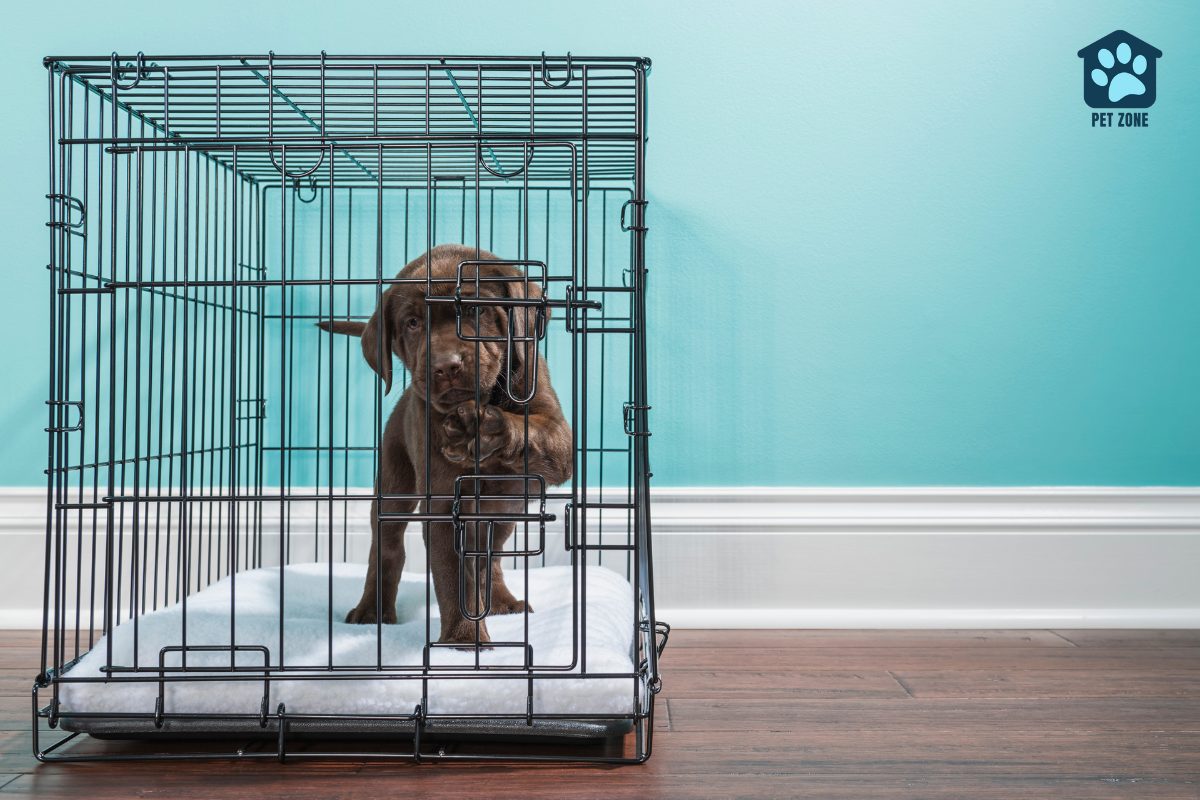
Tips to Reduce Crate Anxiety
Varying Departure Times
To reduce your dog’s anxiety when leaving, try varying departure times. Changing the routine can help decrease your dog’s stress when you leave. Dogs pick up on patterns, so mixing up the timing of your departures can make it less predictable and lessen their anxiety.
Use different departure cues like picking up keys or putting on a coat at various times. This will help prevent the association of specific actions with you leaving and reduce their distress. By making departures less routine, your dog can feel more at ease when you have to leave them alone.
Desensitization to Departure Cues
When you have been working on varying your departure times, the next step is desensitization to departure cues. This process involves breaking the connection between your leaving habits and your dog’s reaction. Here are some steps to help achieve this:
- Begin by performing your regular leaving routine without actually leaving. For example, pick up your keys or put on your coat but stay at home.
- Gradually increase the duration of these simulated departures to help your dog become accustomed to these cues without leading to actual separation.
- Offer reassurance and rewards when your dog remains calm during these simulated departures, reinforcing positive behavior.
- Practice these routines frequently until departure cues no longer cause distress for your dog.
- If necessary, seek professional guidance or therapy techniques for desensitization and counterconditioning specific to separation anxiety in dogs.
Providing Exercise and Mental Stimulation
To help your dog with separation anxiety, exercise and mental stimulation are crucial. Take your dog for regular walks or engage in active play sessions to tire them out before crating.
Mental stimulation can include giving your dog puzzle toys or interactive games that keep their mind engaged. These activities can help reduce anxiety and make the crate a more positive place for your dog.
Additionally, ensuring that your dog is both physically and mentally tired before crating can contribute to a calmer state when left alone.
It’s important to remember that each dog is different, so finding the right balance of exercise and mental stimulation may take some trial and error. By observing your pet’s behavior, you can determine what types of activities are most effective in reducing their separation anxiety.
Ensuring the Crate Is Not Used as Punishment
To ensure that the crate remains a safe and secure place for your dog, it’s crucial never to use it as a form of punishment. Using the crate as a tool for discipline can create negative associations, leading to increased anxiety and stress for your pet.
Dogs should view their crates as comforting spaces, not places associated with reprimand or isolation. This will help maintain positive feelings towards the crate and prevent any potential anxiety related to being placed inside.
Remember that dogs thrive on positive reinforcement rather than punitive measures. Ensuring the crate is not used as punishment helps build trust between you and your pet while creating an environment where they feel secure and relaxed—a significant step in managing separation anxiety through crate training.
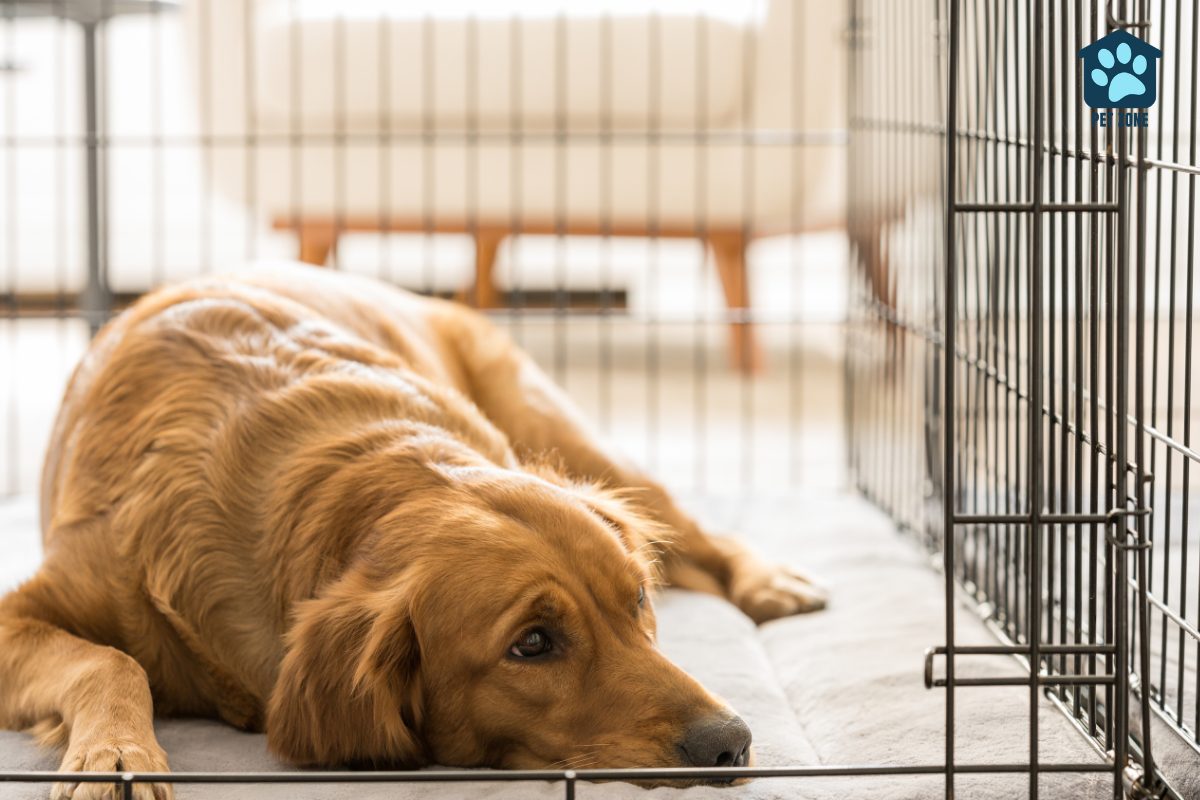
Conclusion
Crate training a dog with separation anxiety involves choosing the right crate and making it a positive environment. Gradually increase crate time to help your dog get comfortable being alone.
Vary departure times and provide exercise to reduce anxiety. It’s important to ensure that the crate is not used as punishment. Remember, proper training can address high anxiety in dogs effectively.
How will you apply these strategies or tips with your furry friend? By doing so, you can expect significant improvements and create a better environment for your pet!
Frequently Asked Questions
Yes, proper training can make a crate feel like a safe place for your dog and help with separation anxiety.
Signs that your dog is experiencing separation anxiety include whining when you leave, destructive behavior, and fear of being inside their crate.
Start by making the crate a safe and welcoming space, leaving the door open so they can explore it on their own.
If your puppy shows signs of separation anxiety, use plenty of treats and ensure they feel secure before you start leaving them in the crate alone.
Crate training may help manage destructive behavior for dogs with separation anxiety by creating a familiar and calm environment.
Don’t rush leaving your dog alone in the kennel—give them time to love their crate without feeling forced or scared.
As an Amazon Associate I earn from qualifying purchases.
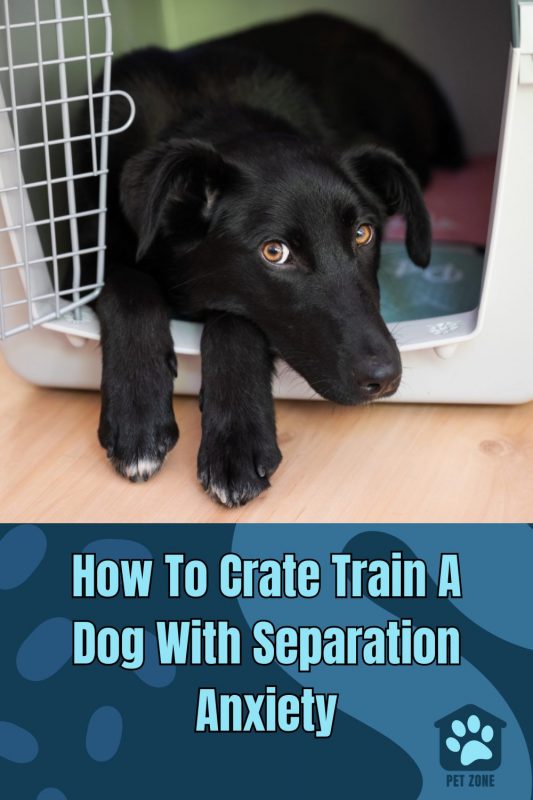


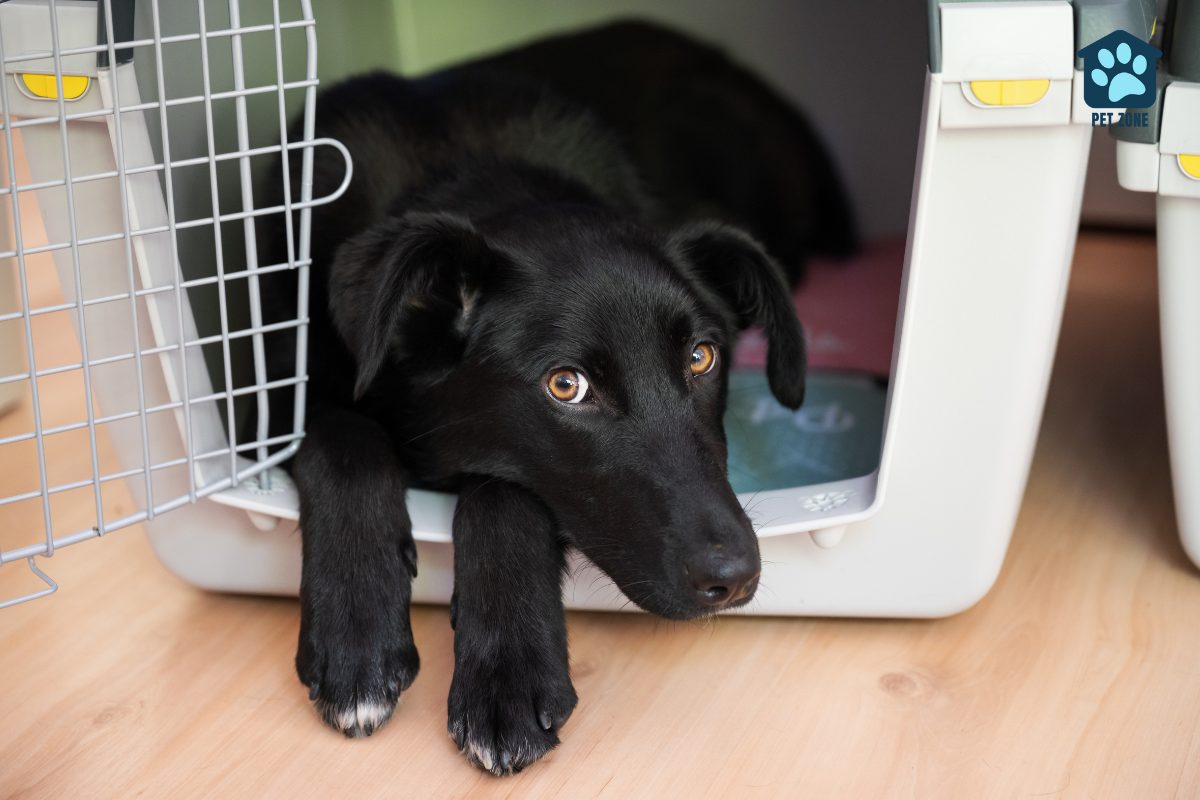
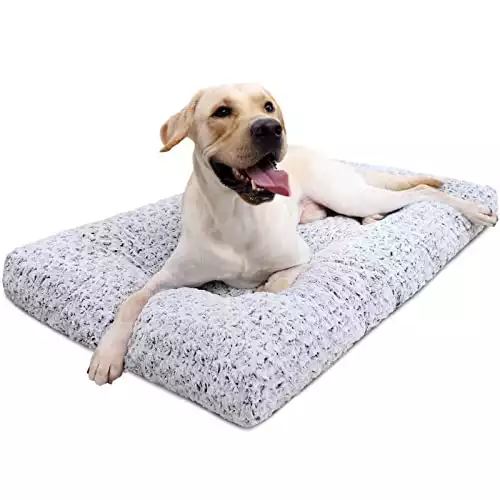
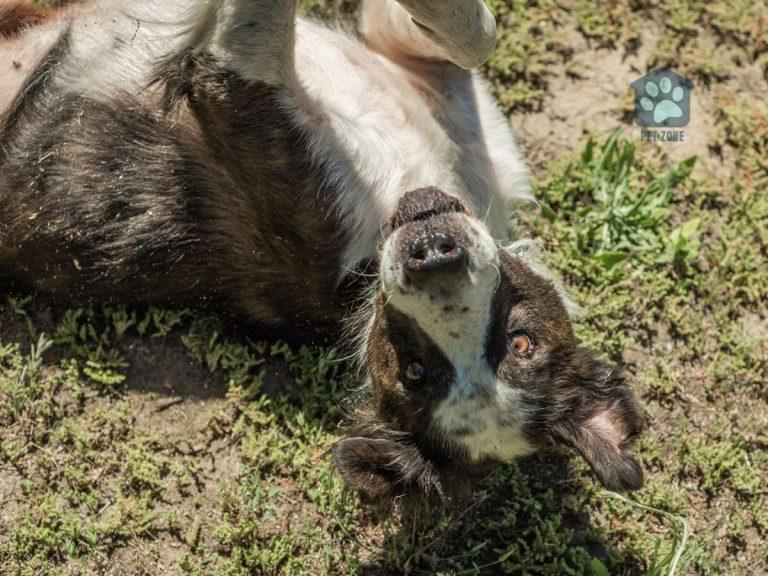
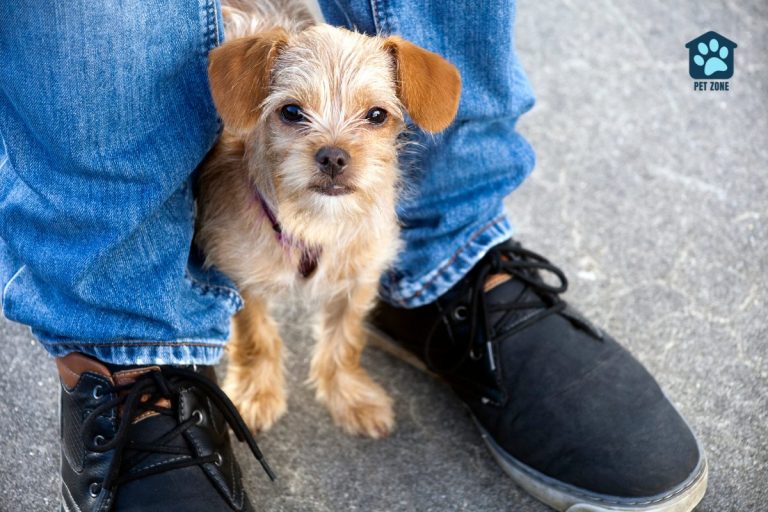
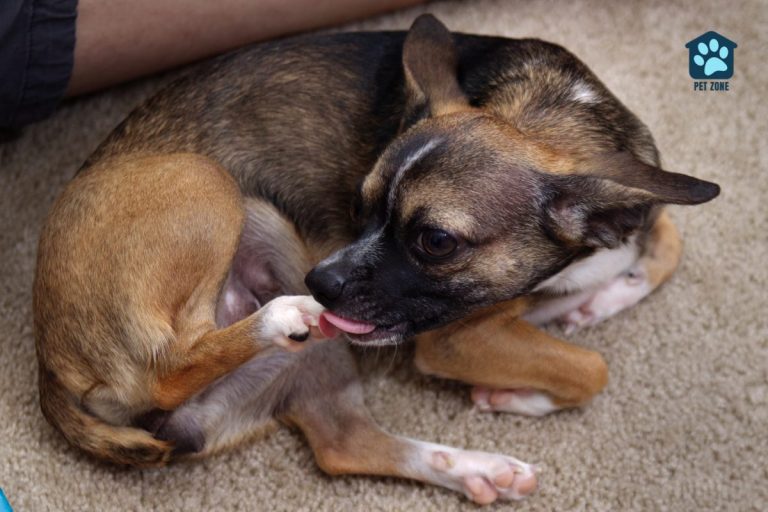
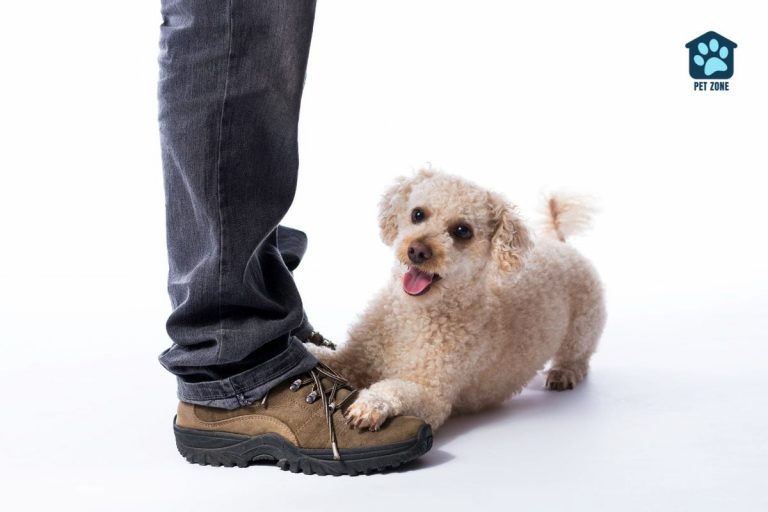
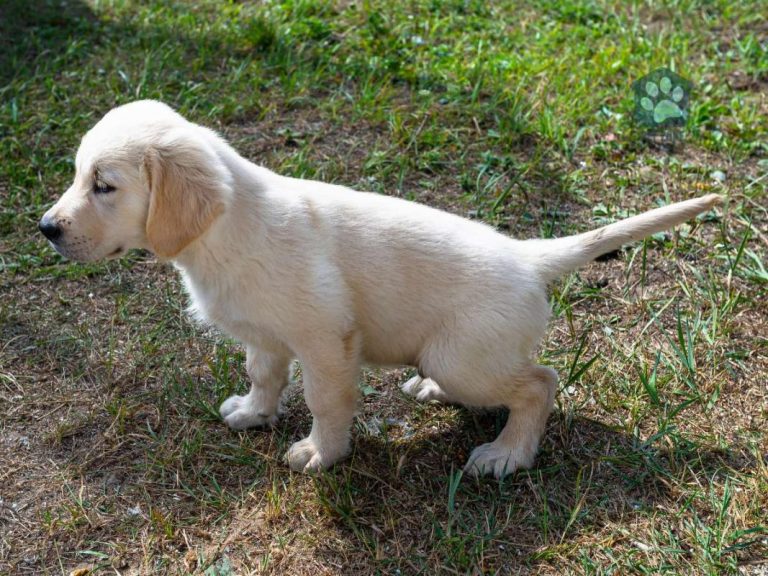
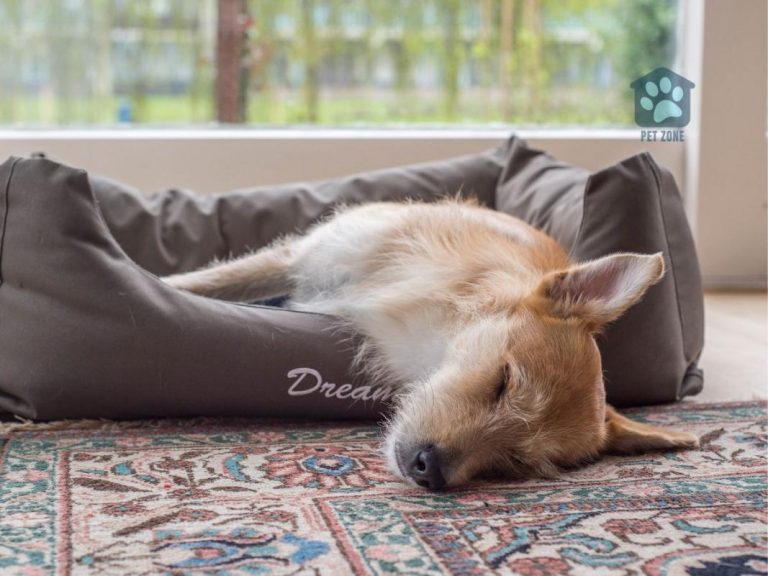
this is great information. thanks for sharing
Another excellent article on this site for caring for my dog. I wish I had read this years ago to understand how to make her crate a happy place. Thanks for the tips on what I can do going forward.